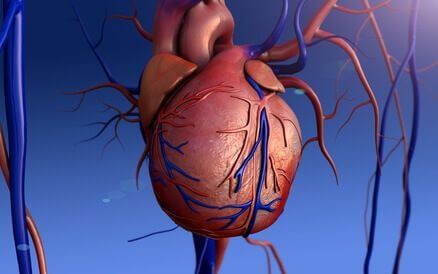The role of human immunodeficiency virus (HIV) in the development of vascular disease (specifically peripheral artery disease) remains unclear. Is the virus per se the direct cause of this disease or is it a consequence of dyslipidemia, one of the adverse effects of antiretrovirals?
 This study looked into the effect of HIV infection on peripheral artery disease after adjusting for all traditional risk factors in a large cohort of HIV+ patients and compared them with an uninfected population of similar baseline characteristics.
This study looked into the effect of HIV infection on peripheral artery disease after adjusting for all traditional risk factors in a large cohort of HIV+ patients and compared them with an uninfected population of similar baseline characteristics.
Of 91953 participant patients with a mean follow up of 9 years, researchers observed 7708 peripheral vascular events. Events rate per 1000 patient/year was higher among HIV+ patients (11.9% vs 9.9%).
Read also: MITRA-FR: Percutaneous Repair or Medical Treatment for Secondary Mitral Regurgitation.
After adjusting for multiple demographic factors, traditional cardiovascular risk factors and other covariates, it was observed that HIV+ patients have higher incidence of peripheral vascular events, and the difference turned out to be significant (HR 1.19, CI 95%, 1.13 to 1.25).
Events risk was 1.5 fold higher in patients with viral load >500 copies/ml and nearly 2 fold higher in those with CD4 cell counts <200 cells/mm3, even though this had no effect in amputations rate. On the contrary, HIV+ patients with undetectable viral load and with CD4 cell counts ≥500/mm³ had identical events rate as uninfected patients.
Read also: OCT Provides Hints About the Physiopathology Behind Very Late Stent Thrombosis.
Mortality after vascular event was higher regardless HIV infection.
Conclusion
HIV infection was associated with a 19% increased risk of peripheral artery disease, beyond that explained by traditional risk factors. For patients with CD4 cell counts <200/mm³, risk resulted nearly 2-fold higher, whilst patients under control had similar risk as HIV negatives.
Original title: Association of Human Immunodeficiency Virus Infection and Risk of Peripheral Artery Disease.
Reference: Joshua A. Beckman et al. Circulation. 2018;138:255–265.
2018-09-10 HIV-y-vascular-periferica.full
Get the latest scientific articles on interventional cardiologySubscribe to our weekly newsletter
We are interested in your opinion. Please, leave your comments, thoughts, questions, etc., below. They will be most welcome.





